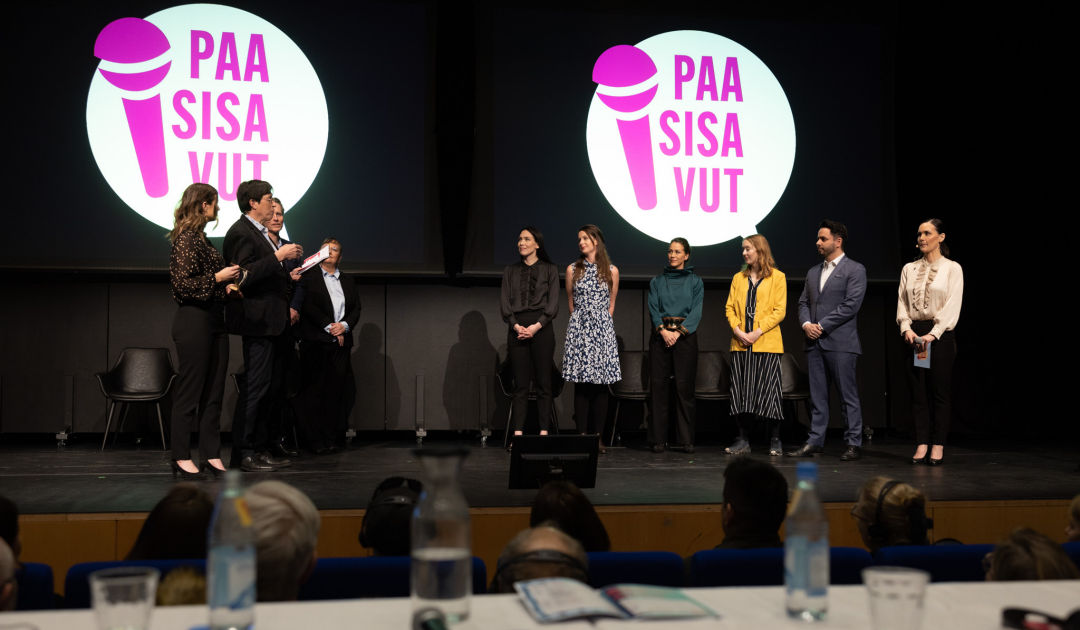
When scientists have to present their research, it is usually to experts at conferences, occasionally to committees regarding funding or approvals or, very rarely, to a general audience. The TV broadcast Paasisavut, organised by Ilisimatursarfik / the University of Greenland and Arctic Hub, which works to spread the results of Greenlandic research among the public, combined all this and let four early-career researchers compete against each other in front of TV cameras and tens of thousands of viewers. The goal: to present one’s own research work in a more professional, exciting and entertaining way than the others.
In the end, Nick Duelund, a PhD student at Ilisimatursarfik, succeeded in presenting his own research work in five minutes in such a way that a jury of experts from various areas of public life and the television audience were convinced of its importance and content. The judges found his presentation about his work with visual impairment in Greenlandic children and how to improve testing procedures in hamlets most convincing. With the award comes 25,000 kroner (€3,300) in prize money and the honour of being the first winner of an innovative programme that combines a familiar entertainment format with scholarship.
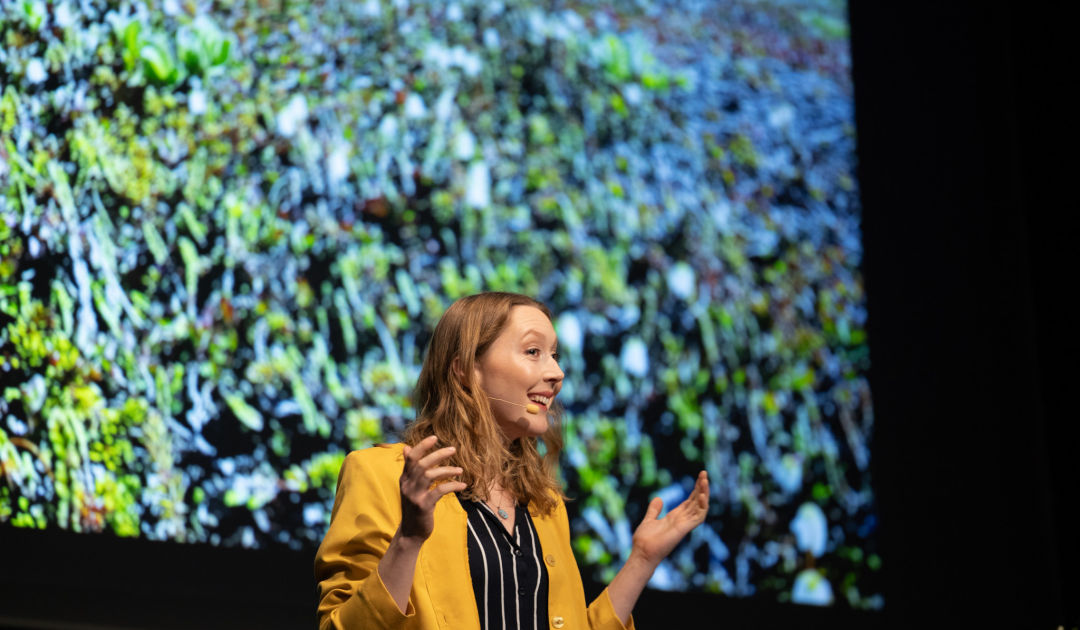


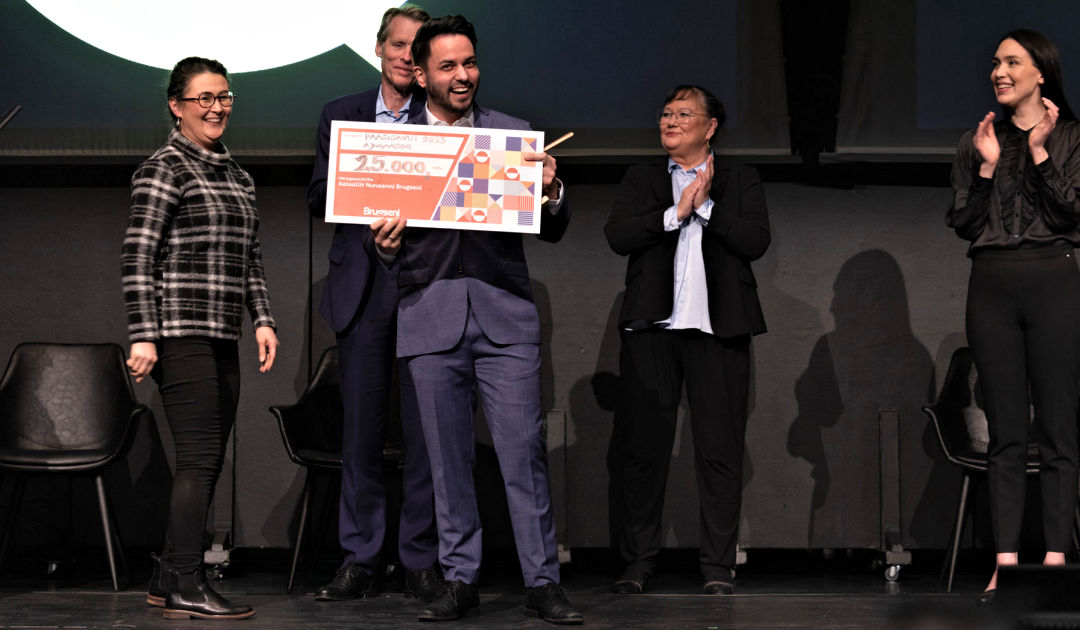
Mr Duelund beat out fellow contestants Naja Carina Steenholdt, Liz Cooper, Laura Helene Rasmussen and Ulunnguaq Markussen in the live show. These also had very exciting topics relevant to Greenland with their presentations about quality of life, sustainable cruise tourism, nitrogen transport in tundra and urban development in an East Greenlandic hamlet. In addition, all participants appeared highly confident and presented their work in a charming, yet professionally confident, manner, making use of the opportunities and skills they learned during the training camp. They often addressed the audience directly and included them in their presentations. But, in the end, Mr Duelund’s performance was judged the most convincing by the jury. The 400 or so people in the audience confirmed the choice with thunderous and prolonged applause when he accepted the winner’s trophy from Ms Skjervedal.
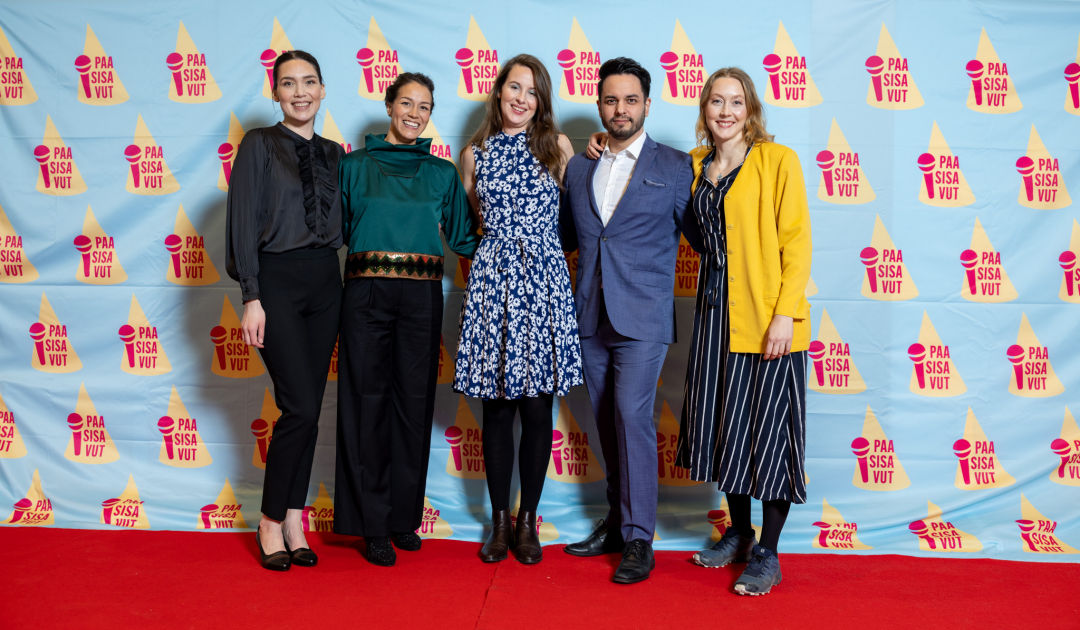

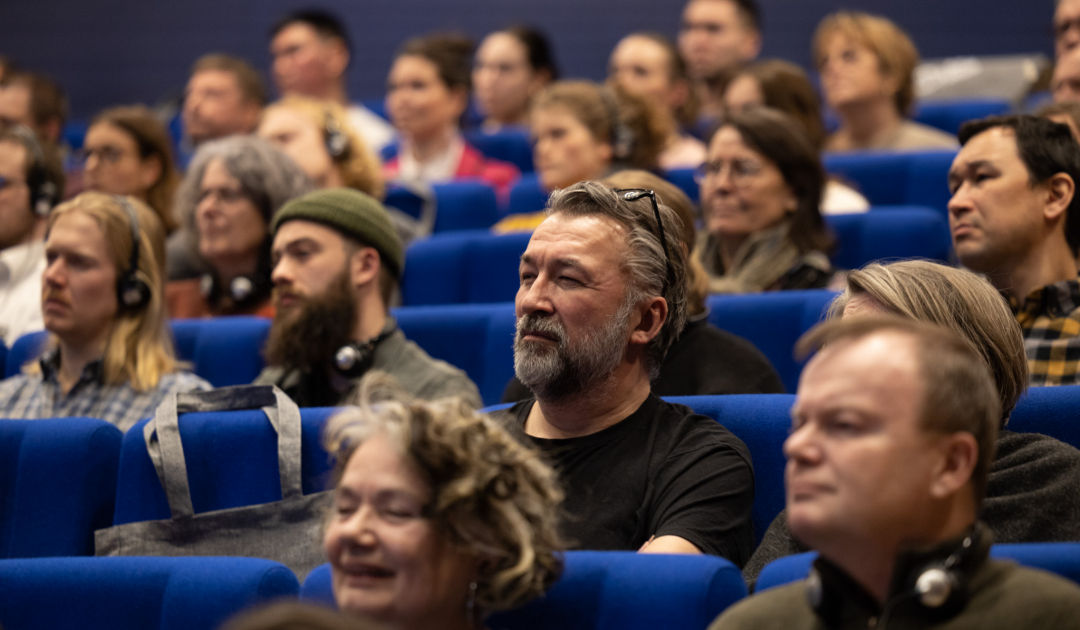
Although it was a competition, there was no sense of any form of competitive fights among the participants. For all five, the primary goal was to bring their research topics closer to the general public. This was also the stated goal of Arctic Hub and Ilisimatursarfik in holding the event. And they were also successful thanks to the fact that KNR, a broadcaster, aired the programme to a national audience, as Ole Ellekrog, its communication manager, was able to confirm to PolarJournal. “We received a lot of praise after the broadcast and it was the number one topic in town for about a week.” It is particularly noteworthy that the programme was held in Greenlandic simultaneously translated into Danish, both on TV and for the live audience, meaning the presentations could be understood by everyone. Thus, it was possible to show how diverse and socially relevant Greenlandic research is and that it is not always just about the ice sheet or fisheries that come to mind when one thinks of science in Greenland.
Arctic Hub and Ilisimatursarfik have yet to decide wither they will put on Paasisavut next year. But, because research plays an increasingly important role in Greenland and the population obviously has a great interest in learning more about it, it seems realistic to assume that Greenland will also be looking for its research superstar in 2024.
Dr Michael Wenger, PolarJournal
More about this topic





